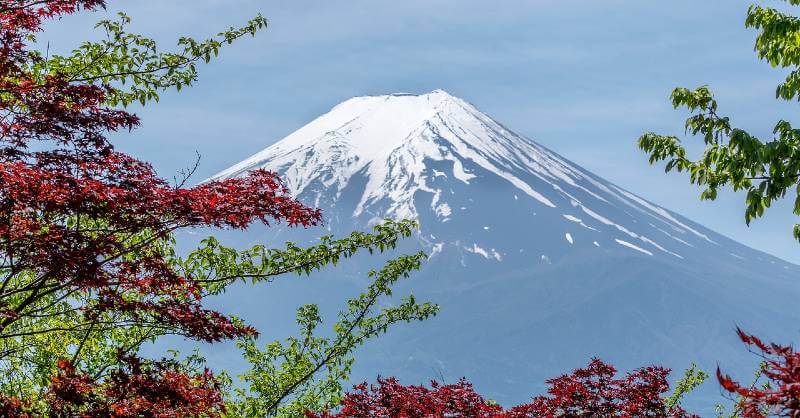Mt. Fuji, in Japan, also commonly called “Fuji-san,” is an active volcano (last erupted in 1707), sitting on a “triple junction” associated with the following tectonic plates:
A) Amurian plate (associated with the Eurasian tectonic plate),
B) The Okhotsk plate (associated with the North American plate)
C) The Filipino plate
The volcano has come to symbolize Japan, contributing to its beautiful geography.
The volcano, the country’s tallest peak, at 12,388-foot, has been a pilgrimage site for centuries, as it is considered one of Japan’s 3 sacred mountains.
“Mount Fuji, which is only 100 km from Tokyo–Japan’s capital and largest city, is the single most popular tourist site in Japan, for both Japanese and foreign tourists. More than 200,000 people climb to the summit every year, mostly during the warmer summer months.”
Source: Nationalgeographic and Britannica






